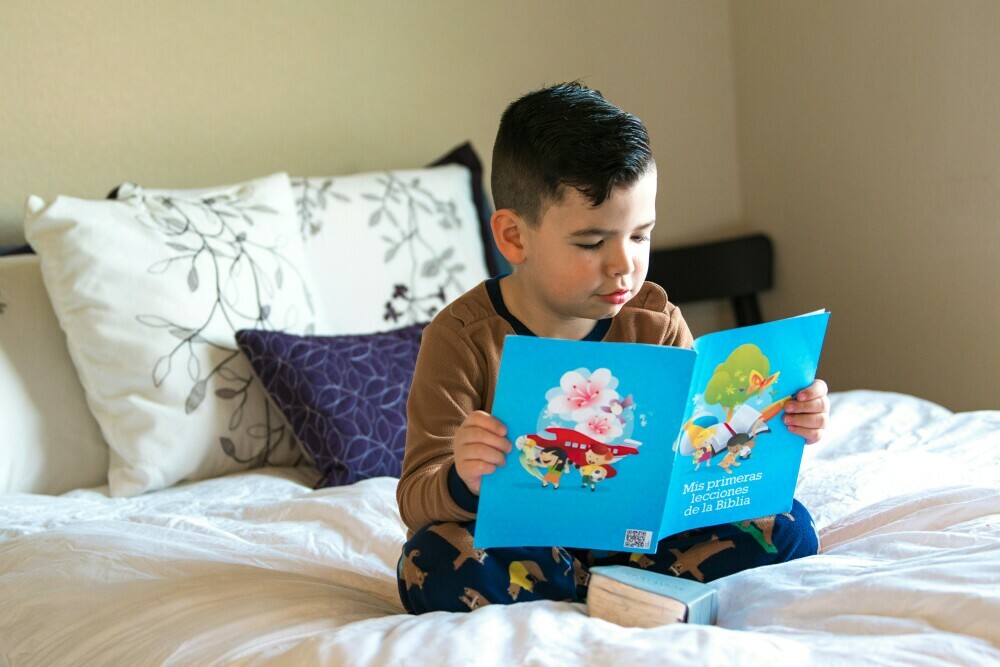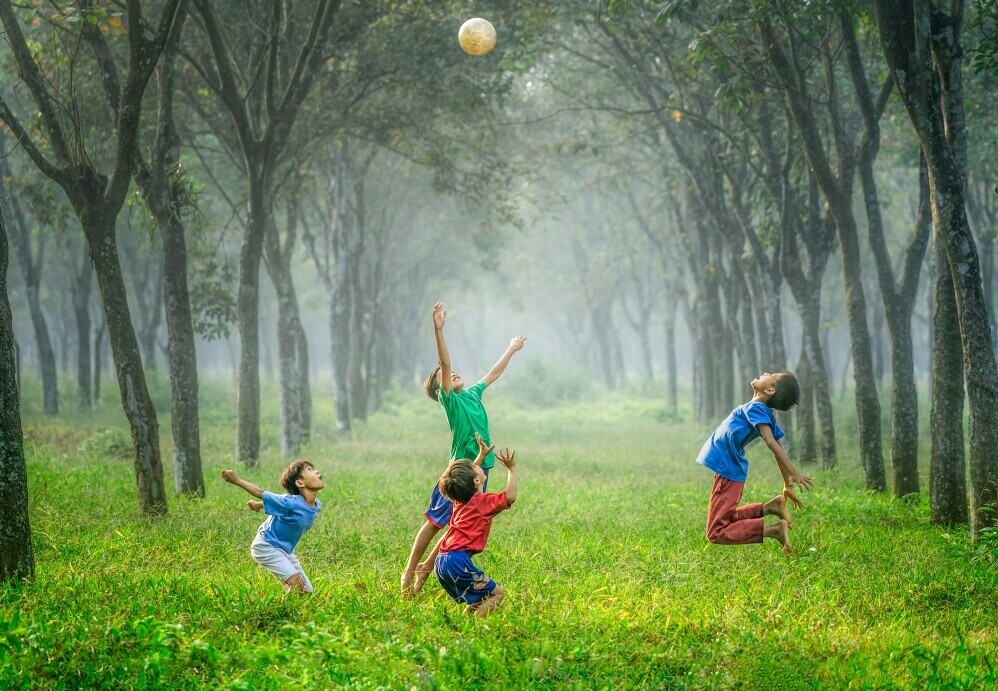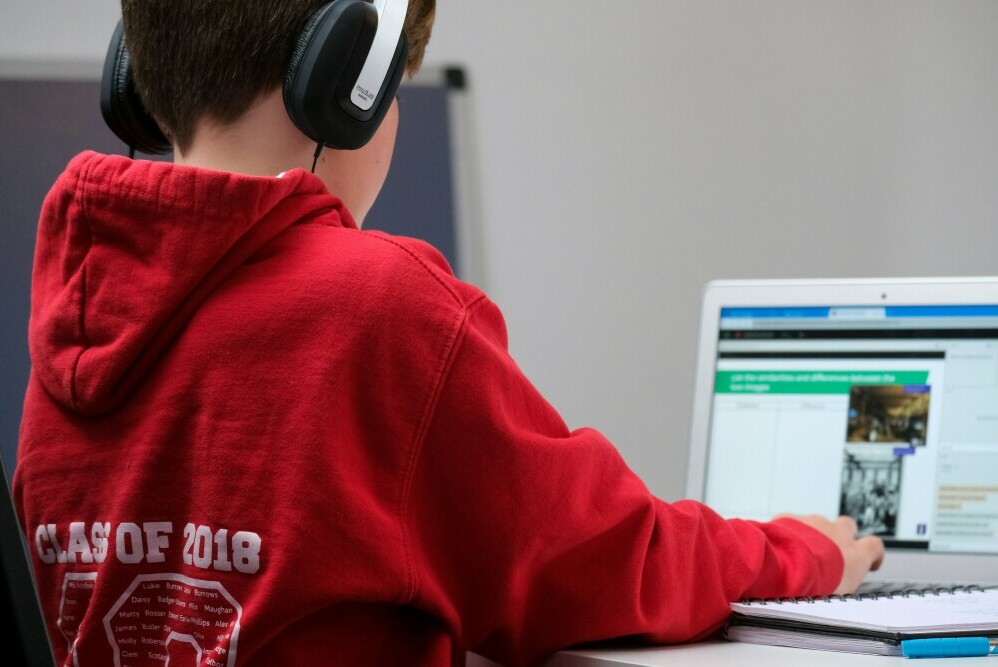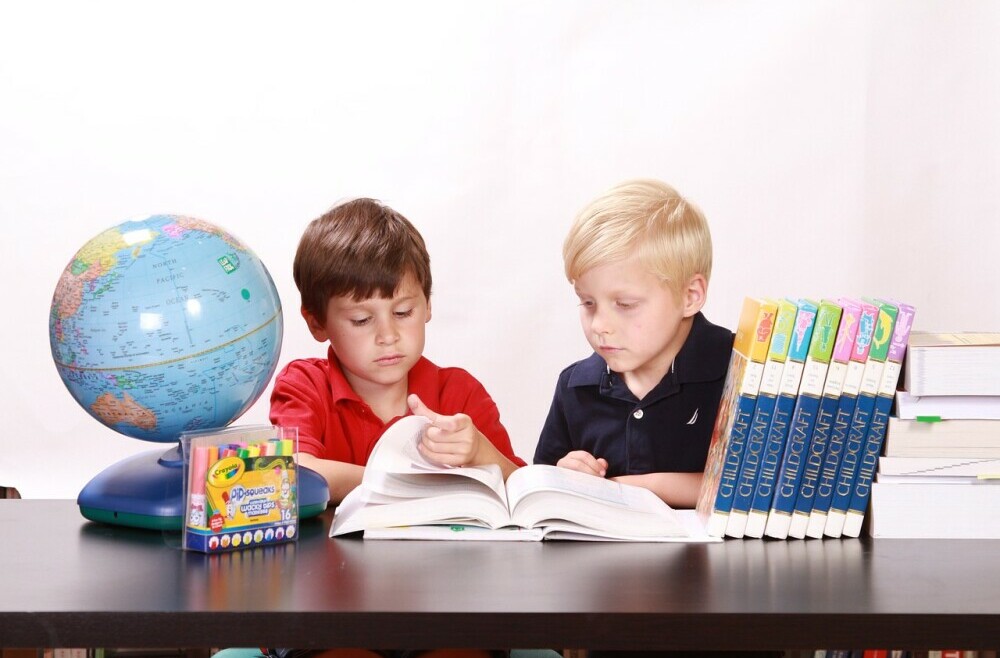Table of Contents
Introduction
Have you ever wondered if there’s a secret ingredient to make learning an adventurous joyride for kids? Guess what? There is. It’s nestled in the pages of best educational children’s books. This isn’t just about teaching the alphabet or counting; it’s about setting the foundation for lifelong learning and curiosity. These books are tools that can spark imagination, build knowledge, and create moments of discovery.
In my opinion, the beauty of educational children’s books lies in their ability to blend storytelling with learning objectives. Through fantastical tales and relatable characters, children are not only entertained but also subtly taught valuable lessons. These range from basic concepts like shapes and colors to more complex themes such as diversity and resilience.
Furthermore, educational books for children are more than simple storybooks. They’re powerful catalysts for brain development. When kids dive into stories that challenge them to think, they’re actually sharpening their cognitive skills. This goes beyond boosting vocabulary; it’s about developing critical thinking, enhancing memory, and fostering a love for reading that can last a lifetime.
But how do we as parents, educators, or guardians ensure we’re selecting the right kind of learning materials that best suit the developmental needs of our kids? That’s what the next section is all about. I’m here to help you navigate the world of educational children’s literature so that you can choose books that resonate with your child and are appropriate for their age and learning stage.
The Building Blocks of Knowledge: Selecting Age-Appropriate Learning Materials

Determining what’s right for your child’s reading level is often a dance between their curiosity and their comprehension. For toddlers, you’re going to start with sturdy board books that can withstand their, let’s say, enthusiastic handling. These usually focus on basic concepts, like colors, shapes, and simple stories that help with object recognition.
As kids grow, picture books with more complex narratives enter the stage. With these, they learn moral lessons and are introduced to a broader vocabulary. Kids aged 6 to 8 are prime for early readers and chapter books, where they start to encounter environments beyond their own experience, developing empathy and understanding societal norms.
When it comes to selecting books, don’t overlook award winners and librarian recommendations; they often have vetted quality content. If you want to prioritize learning and quality, choose books that come with discussion points or activities. This isn’t just about reading; it’s about engaging with the content.
In my opinion, it’s essential to value inclusiveness in the books you pick. This means looking for stories that represent diverse cultures, abilities, and perspectives. In doing so, you ensure that children not only see themselves reflected in the stories they read but also learn about the wide world around them.
You can always adjust your approach down the road, but laying a solid foundation with age-appropriate books will pave the way to a lifelong love for reading. And trust me, the choices you make now will stick with them far into the future.
Beyond ABCs and 123s: Nurturing Emotional and Social Skills Through Reading

When we think about educational children’s books, it’s easy to focus on the basics – stuff like the alphabet, counting, or simple science facts. But I’m going to tell you about another, equally vital aspect of those books: they’re powerful tools for nurturing emotional and social skills.
These books go beyond academic knowledge; they delve into life’s bigger lessons. Books that explore themes promoting emotional intelligence can be game-changers for young ones. I’m here to help you understand why and how these stories make such a difference.
Consider a children’s book about friendship, loss, or overcoming challenges. Through a character’s journey, children learn to navigate their feelings, a fundamental part of emotional growth. It’s not only about recognizing emotions but also understanding and managing them effectively.
But it’s not just about emotional growth – social skills are on the menu too. Through the interactions between characters, kids pick up on the nuances of socializing. Turn-taking, empathy, resolving conflicts – these are all skills that children can learn from the stories they read.
Stories can act like simulations for real life, where young readers vicariously experience diverse scenarios. Reading about characters from different backgrounds and cultures helps to foster a sense of empathy and understanding, which is crucial in our diverse world.
In the next section, I’m going to show how educational books can light a spark in the little innovators and thinkers of tomorrow. Reading about science and technology doesn’t have to be heavy-going; it can be as captivating as the wildest adventure story, while encouraging kids to ask questions, explore, and discover.
Inspiring Little Innovators: Science and Technology in Children’s Educational Books

I’m going to let you in on a secret: kids are natural-born scientists. Their curiosity about the world around them is astounding. That’s why educational books on science and technology aren’t just optional—they’re essential. These books spark imagination, turning every young reader into a potential innovator.
How do we introduce kids to things like physics, coding, and space? Through stories and illustrations that simplify these complex concepts. Picture books on gravity with apples falling from trees, or novels where the protagonist tinkers with gadgets, can make abstract ideas more tangible.
You’re going to find out about books that showcase real-life role models in STEM fields. When little ones see characters, both real and fictional, coding computers or conducting experiments, it can plant the seed that these are possibilities for their own futures.
Suppose a book encourages a child to ask questions, like ‘Why is the sky blue?’ or ‘What makes a car go?’ That’s gold. It’s these moments of wonder that educational books aim to cultivate, fostering analytical and problem-solving skills along the way.
There’s a lot of opportunity in integrating digital elements into children’s books, too. Interactive ebooks, with features like clickable diagrams or little experiments that can be performed virtually, take engagement to a whole new level. They’re not just passively absorbing information; they’re actively participating in their learning. But let’s not jump ahead—keep reading to see how digital advancements and multimedia are shaping the landscape of educational books for children.
The Parent and Educator’s Guide to Navigating Children’s Literature
You’re going to find out about how crucial your role is as a navigator through the vast sea of children’s literature. Choosing books for your kids or students isn’t just about picking out fun stories. It’s also about being discerning, looking at the educational value each book holds.
If you want to empower the young minds in your care, it’s important to consider not just what they’re reading, but how they’re reading. Selecting high-quality, educational books that spark curiosity and foster development is a must.
Don’t worry too much about getting it perfect right out of the gate. You can always adjust your approach down the road as you discover what resonates with your children or students. Whether it’s a book that introduces new ideas or one that reinforces key principles, the impact can be profound.
Finally, remember the role of digital books and multimedia in modern education. Embrace technology as a complement to traditional reading, not as a replacement. Use ebooks, interactive apps, and audiobooks to enrich the reading experience. These resources can be especially valuable for children with different learning styles or those who need a little extra engagement.
Your first attempt at curating an educational library doesn’t need to be your last. Build your collection over time, gather feedback from your kids or students, and never underestimate the power of a good book to shape young minds. As parents and educators, our greatest triumph comes from watching children grow into thoughtful, knowledgeable, and compassionate individuals.
If you would like to educate children about environment please click here for an interesting, informative read:)
Kay,
greenlifehub.com

